ARTIGO
Tumor de Sertoli na Infância: Relato de Caso
Autores: Guilherme Bilac Oliari<br />
Kleber Sayeg
Palavras-chave: tumor de testículo; tumor de Sertoli; androblastoma, testicular tumor; Sertoli tumor; androblastoma
Resumo: Os tumores de testículo correspondem, segundo o INCA (Instituto Nacional de Câncer), a 5% do total de casos de câncer no homem, sendo a maior incidência em homens de 15 a 50 anos (idade reprodutiva), e podem ser confundidos com orquiepididimites. Dentro desse grupo, encontramos o tumor de células de Sertoli que representa menos de 1% de todos os tumores testiculares e que, segundo o National Cancer Database, pode ser maligno em 10 a 22%. O objetivo deste trabalho é descrever um caso de tumor de células de Sertoli em um menino de 10 anos. Para diagnóstico e tratamento dessa doença, é importante realizar anamnese e exame físico completos do paciente, além de exames complementares, como ultrassonografia de bolsa escrotal, marcadores tumorais (alfa feto proteína, beta gonadotrofina coriônica, beta-HCG, desidrogenase lática-DHL), e os exames (tomografia computadorizada de tórax, abdômen e pelve e cintilografia óssea) que irão estadiar, orientar o tratamento e nortear o desfecho e seguimento clínico de cada...
Título em Inglês: SERTOLI TUMOR IN CHILDHOOD: CASE REPORT
Resumo em Inglês: Testicular tumors correspond, according to the INCA (NationalCancer Institute), to 5% of all cancer cases in men, with the highestincidence in men aged 15 to 50 years (reproductive age) and canbe confused with orchiepididymitis; within this group, the Sertoli celltumor represents less than 1% of all testicular tumors and, accordingto the National Cancer Database, can be malignant in 10 to 22%.The aim of this work is to describe a case of Sertoli cell tumor in a 10-year-old boy. For the diagnosis and treatment of this disease, it isimportant to perform a complete anamnesis and physicalexamination of the patient, in addition to complementary tests, suchas scrotum ultrasound, tumor markers (alpha-fetoprotein, betachorionicgonadotropin, beta-HCG, lactic dehydrogenase-DHL),and the exams (computed tomography of the chest, abdomen andpelvis and bone scintigraphy) that will stage, guide the treatmentand guide the outcome and clinical follow-up of each case.
DOI: https://doi.org/10.63080/amhe.v1n1.p106-112
Acessar PDF do Artigo

